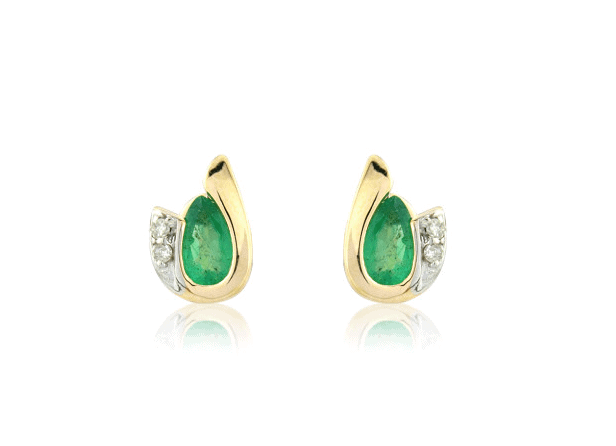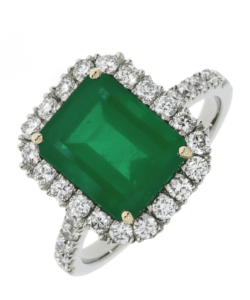May’s birthstone is emerald, with a lustrous green colour a symbol of wealth and abundance, love and passion, and success and wisdom. Emeralds have been iconic throughout history, from Cleopatra’s reign to Elizabeth Taylor’s famous Bulgari necklace made from 16 step-cut Colombian emeralds with a 23.44ct emerald pendant.
Where are emeralds found?
Colombia has been the source of the finest emeralds for more than 500 years, and Colombian emeralds are the standard by which all others are measured. Three mining sites in Colombia are particularly noteworthy: Muzo, Chivor and Coscuez. Each locality produces a range of colours but, generally speaking, darker tones of pure green emeralds come from Muzo. Emeralds that are lighter in tone and slightly bluish green are associated with Chivor. Slightly yellowish green emeralds are unearthed in Coscuez.
Emerald care and cleaning
Emerald is a 7.5 to 8 on the Mohs scale of hardness, so it is more susceptible to scratching than a diamond, which scores 10 on the scale. The May birthstone is often treated to improve its colour or clarity.
Daily wear of an emerald will cause it to lose some of its shine and may deteriorate the edges of the facets. The best way to clean emeralds is in warm soapy water. Emeralds can go in the water, but do not to let them soak for longer than necessary, and then dry with a soft microfibre towel.
Do not use cleaning techniques with steam, chemicals, or high heat when cleaning emerald jewellery as this can cause fractures in the gem.
We have featured some stunning examples of emerald jewellery from suppliers to the Company of Master Jewellers – earrings from Mark Milton and a ring by Fred E Ullmann.






